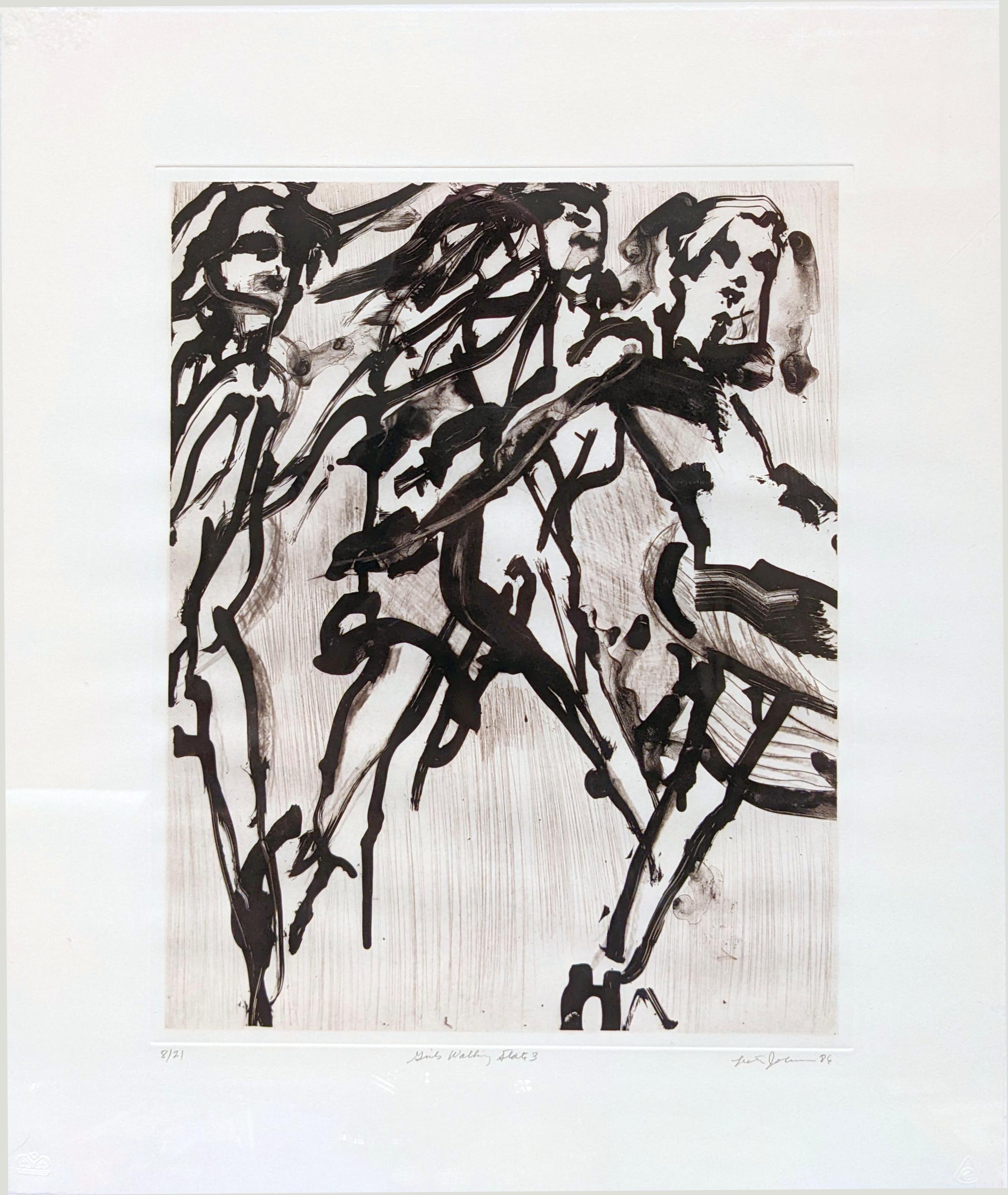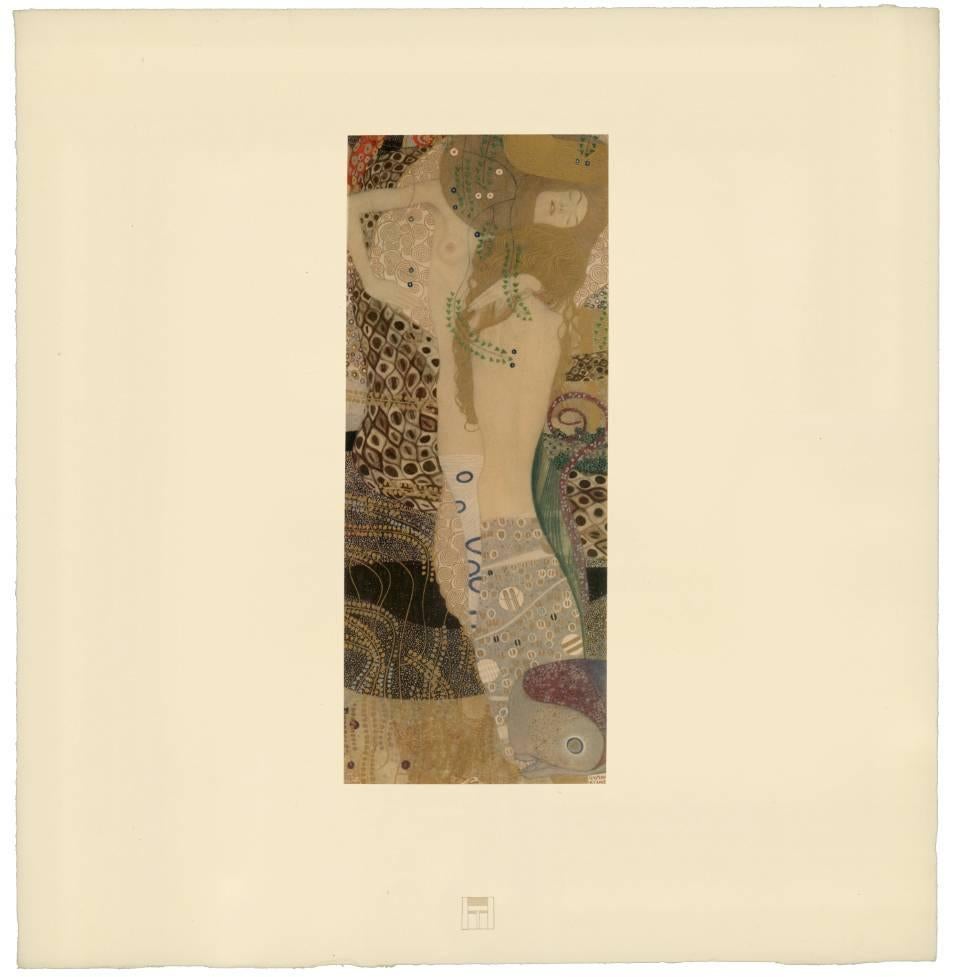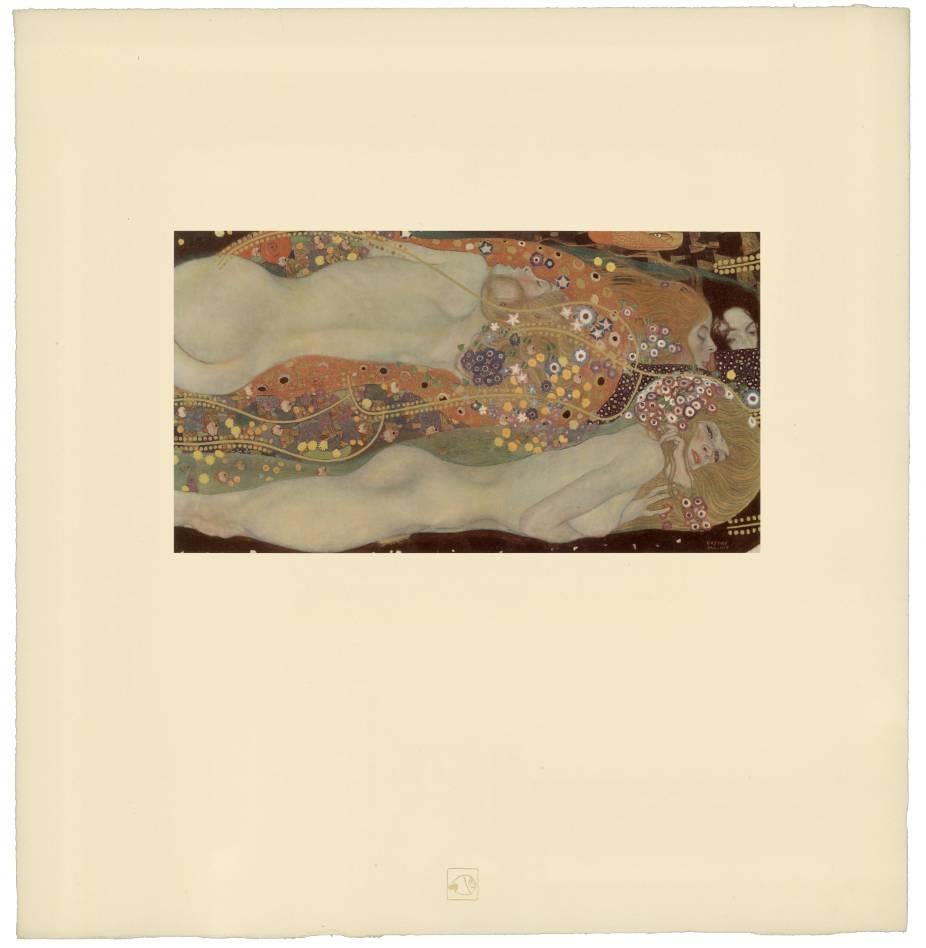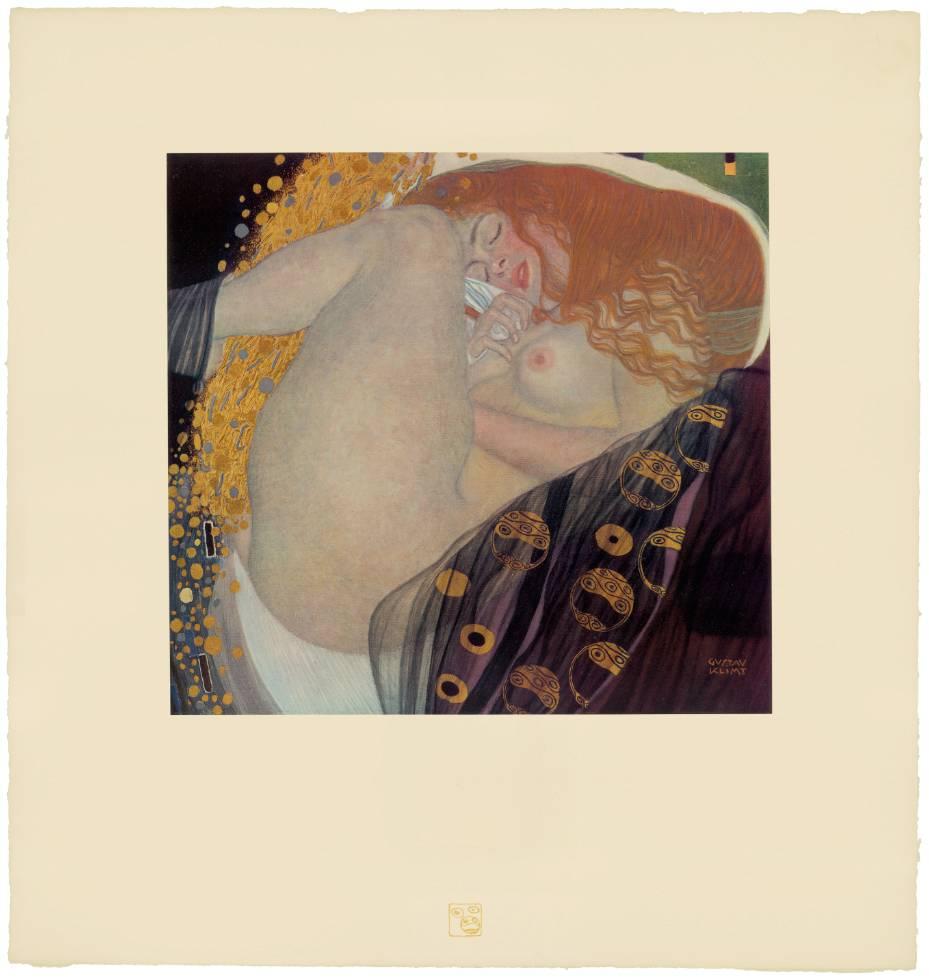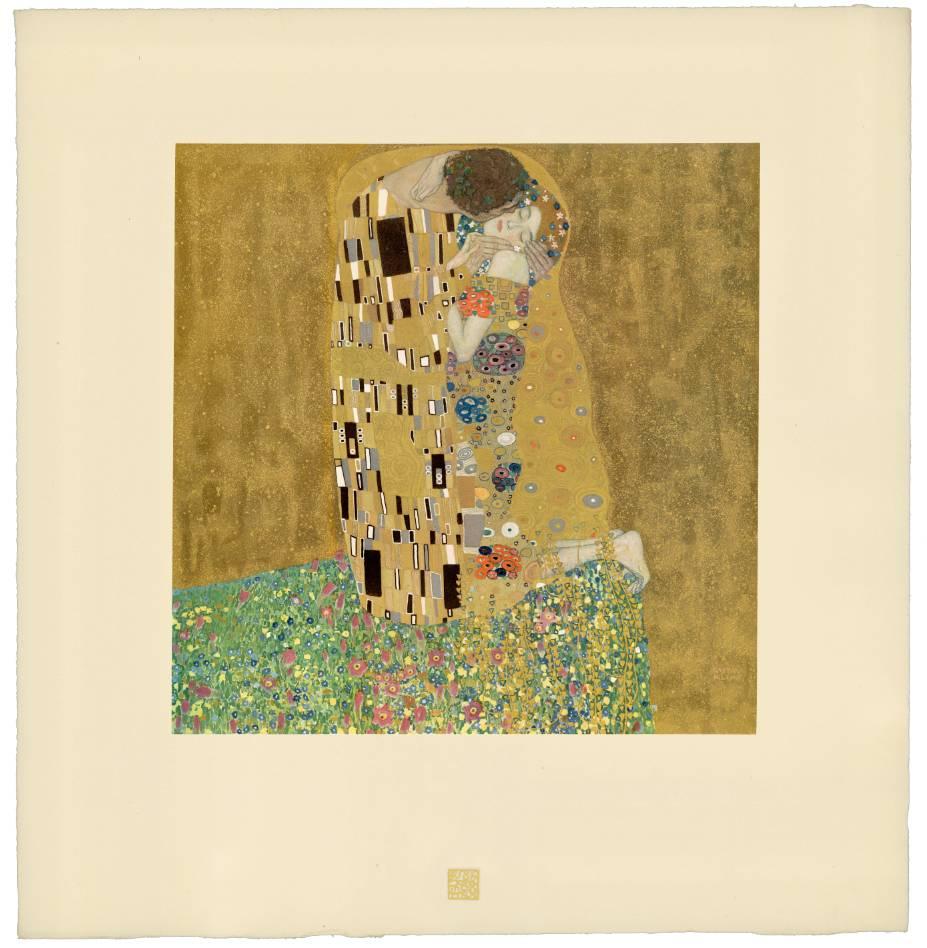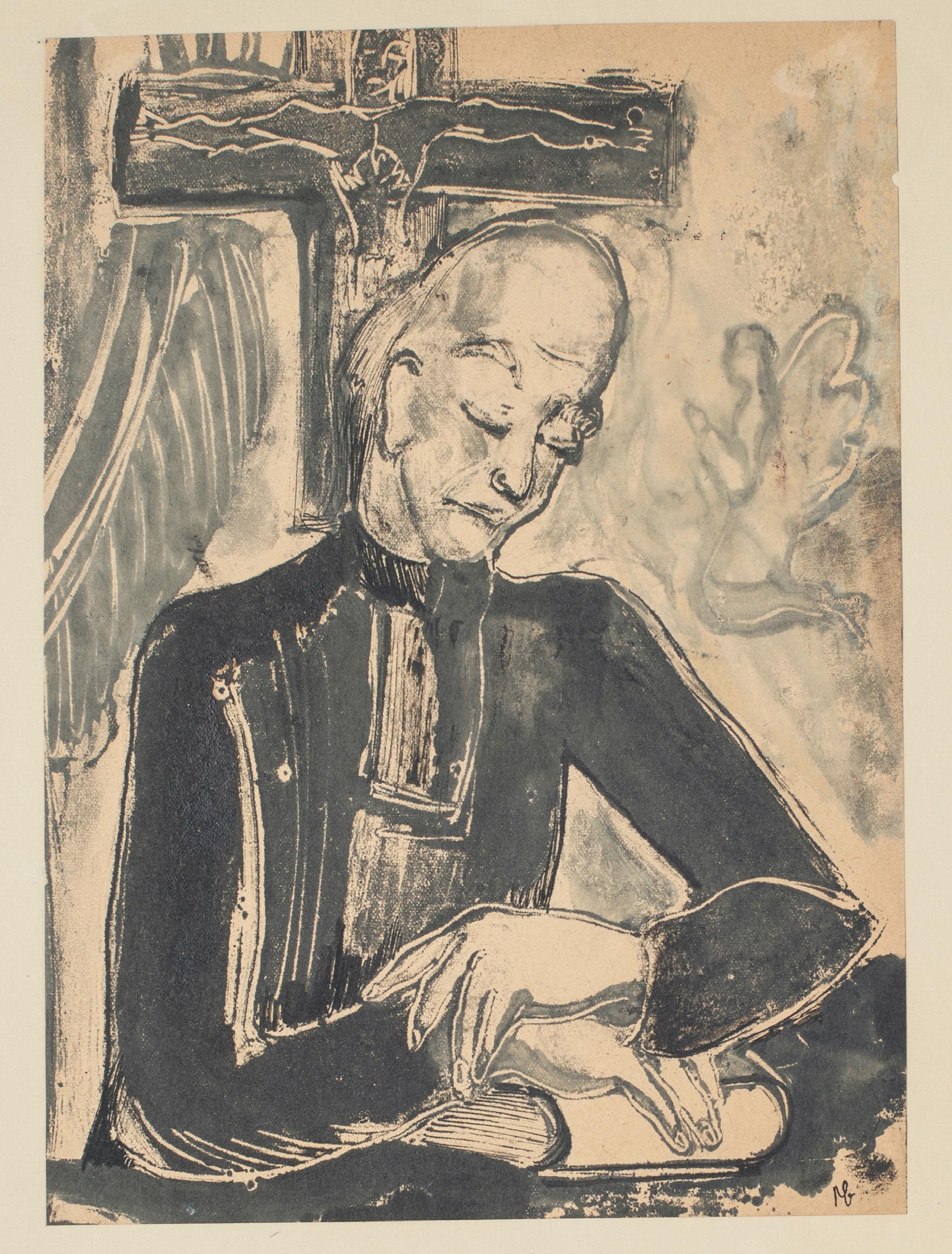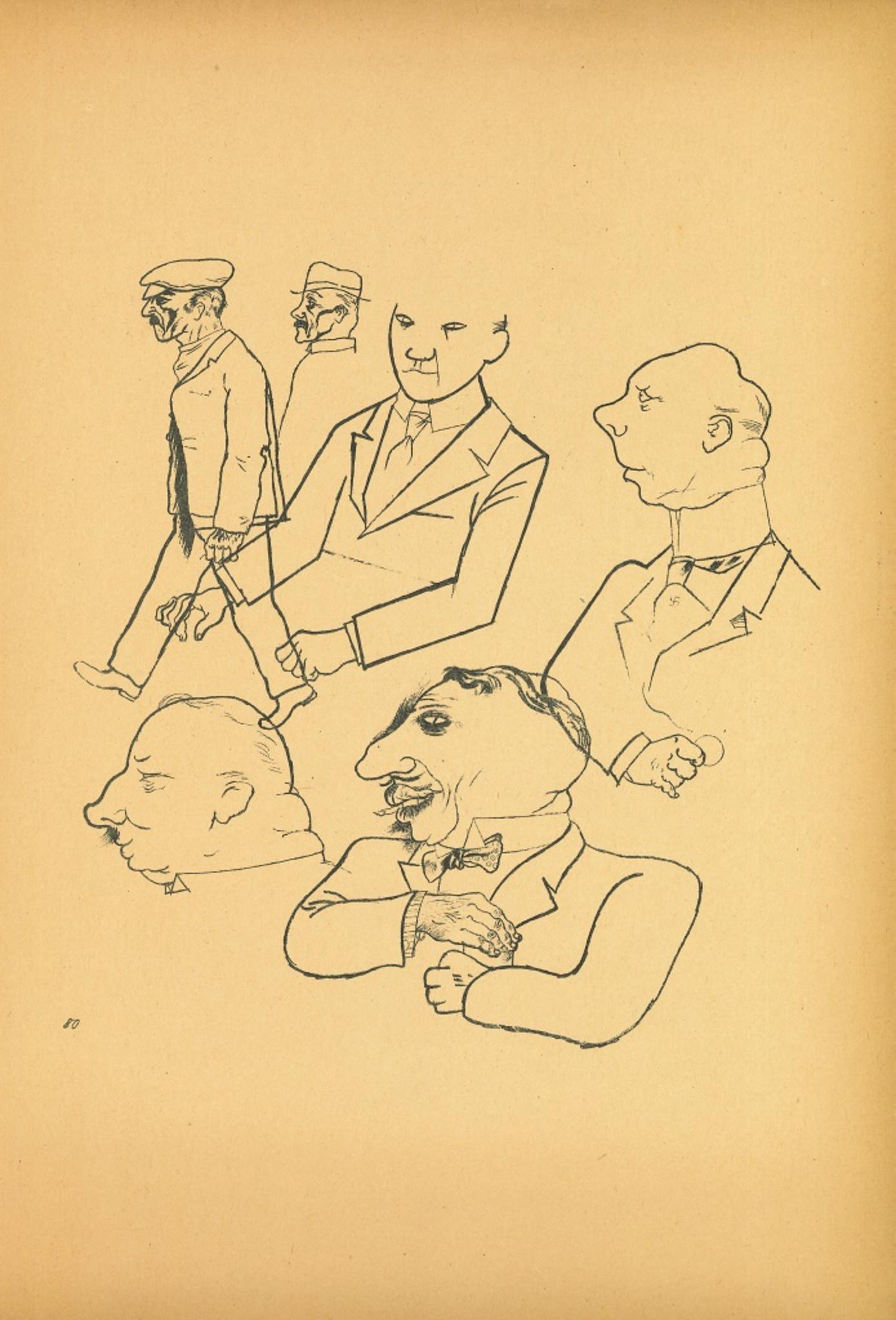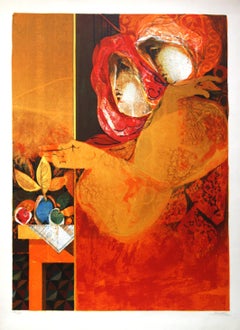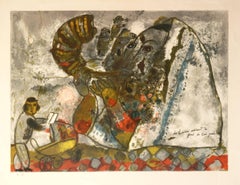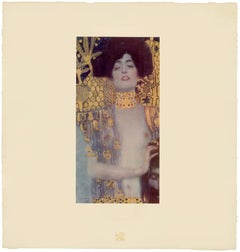
Au Presser Le Raisin Fut Foule' Plate #48 Rare Georges Rouault 1922 intaglio
Want more images or videos?
Request additional images or videos from the seller
1 of 5
Georges Rouault Au Presser Le Raisin Fut Foule' Plate #48 Rare Georges Rouault 1922 intaglio1922
1922
About the Item
- Creator:Georges Rouault (1871-1958, French)
- Creation Year:1922
- Dimensions:Height: 19.75 in (50.17 cm)Width: 25.5 in (64.77 cm)
- Medium:
- Movement & Style:
- Period:
- Condition:
- Gallery Location:Paonia, CO
- Reference Number:1stDibs: LU78032457933
Georges Rouault
Executed in 1937, Carlotta belongs to a group of portraits of members of society. Unlike Picasso and Toulouse-Lautrec, who portrayed these individuals with pathos, Rouault’s approach was unapologetic and raw. In the present work several layers of pigment can be discerned; the build-up of translucent and opaque layers of paint creates a three-dimensionality that characterizes the artist’s strongest work. Furthermore, the work is highlighted by the deep swaths of black delineating the subject, representing a signature element of Rouault’s portraiture of this period.
About the Seller
4.9
Vetted Seller
These experienced sellers undergo a comprehensive evaluation by our team of in-house experts.
Established in 1978
1stDibs seller since 2017
104 sales on 1stDibs
Typical response time: 10 hours
More From This SellerView All
- Corrupt Petliura Ukraine Russian Propaganda PosterLocated in Paonia, COVintage Soviet Government propaganda lithographic poster titled with Ukrainian text that reads “Corrupt Petliura has sold Ukraine to the Polish landowners. Landowners burned and plundered Ukraine. Death to landowners and Petlyurovites.” Originally issued April 1920 following the Treaty of Warsaw (also the Polish-Ukrainian Agreement). The agreement was a military-economical alliance between the Second Polish Republic, represented by Jozef Pilsudski, and the Ukrainian People’s Republic, represented by Symon Petliura, against Bolshevik Russia. The artwork features Jozef Pilsudski running away with a sack of goods. Good condition. Artist unknown. The Bolshevik Era (1917-1921) was a life and death struggle for the Bolsheviks and their ideology. The propaganda poster...Category
Early 20th Century Expressionist More Prints
MaterialsLithograph
- Intimations sur La VieBy Alvar Sunol Munoz-RamosLocated in Paonia, COIntimations sur la Vie.. from Le Miracle Quotidien suite 1974 Original signed lithograph Edition no. 132/225 paper size 40 x 30 image size 33.50 x 24 condition ...Category
1970s Expressionist Figurative Prints
MaterialsLithograph
- Des Hommes Arrivent du fond de leur passe colored lithograph 1968 by TobiasseBy Théo TobiasseLocated in Paonia, COTheo Tobiasse (1927 - 2012 ) Title Des Hommes Arrivent du Fond de leur Passe Lithograph 1968 edition E. A. ( artist proof ) size 17.50 x 23.50 condition good Des Hommes Arriv...Category
1960s Expressionist Figurative Prints
MaterialsLithograph
- Four 1920's Russian Propaganda Posters by Alexander Apsit, Dmitri Moor & othersLocated in Paonia, COThe Bolshevik Era (1917-1921) was a life and death struggle for the Bolsheviks and their ideology. The propaganda poster was everywhere, as the Bolsheviks struggled to win the Civil War against the Whites and fought the Poles over control of the Ukraine and parts of modern day Belarus. The early Soviet poster - an incredible 3600 designs - was remarkable for its revolutionary fervor and biting wit. Powerful visual symbols were invented, like the red star and hammer and sickle. These four posters are as follows: 1." May 1st All Russian Subbotnik " is a Russian poster promoting the first all Russian Subbotnik held on May 1st, 1920 in which Vladimir Lenin was in attendance. "Subbotnik" were weekend days of unpaid, volunteer community service work following the October Revolution which eventually became obligatory. By Russian artist Dmitry Moor 2. " Anniversary of Vsevobuch--Develop and Learn to Defend Freedom" celebrates the second anniversary of the implementation of universal military training and says ‘2nd Anniversary of Vsevobuch, Develop and Learn How To Defend Freedom. Artist unknown 3." Devil Doll " The Devil Doll' (January 1920) shows a soldier pointing his bayonet at a looming monster in the first panel. However, in the second it turns out to be the weak and insignificant enemies of the state behind a pathetic mask and cloak. Russian artist Dmitri Moor 4. " Forward to defend the Ural" ’By Russian artist A. Petroff ( pseudonym for Alexander Aspit ) from the ´´Plakate der Russichen Revolution 1917 - 1929´´ Dmitry Moor was a Russian graphic artist, poster designer and cartoonist, also known as D. Moor ("Д. Моор"). During the 1900s and 1910s he was a comic pioneer, making satirical comics ridiculing the Czarist regime and censorship. Under the Soviet regime he became one of the most celebrated propaganda artists. Both during the First and the Second World War he ridiculed the German army. In his work Moor often made use of sequential illustrated narratives or comics. He was the house cartoonist of magazines like Budilnik and later Bezbozhnik. Alexander Petrovich Apsit was born in Riga on 25th March, 1880. He moved to Saint Petersburg in 1894 and attended art school and became a student of Lew Dmitriew-Kawkaski. Aspit worked for various Russian magazines and on the outbreak of the First World War was employed by the government to design war posters. After the Bolshevik Revolution Apsit was commissioned by the State Publishing House to design revolutionary posters.Category
Early 20th Century Expressionist Figurative Prints
MaterialsScreen
- Equestrian Love lithograph by Marcel VertesBy Marcel VertèsLocated in Paonia, COEquestrian Love is from Vertes's circus series. Two lovers are embracing in a passionate kiss a few feet away from a majestic stallion drawn in sepia on yellowish paper. Original Lithograph in good condition, backed on original paper and signed in plate. Marcel Vertes...Category
Mid-20th Century Expressionist Figurative Prints
MaterialsLithograph
- Boy in Red Shirt original lithograph by Margaret Keane c 1980By Margaret KeaneLocated in Paonia, COBoy in Red Shirt is an original lithograph by Margaret Keane c. 1980. A young boy in a red shirt is seen in front of a three story building in a city on a blue sky day. An original color lithograph limited edition 72/100 and signed in pencil by the artist. In very good condition with artist's stamp in bottom left corner and a faint line from the figure's hand that goes 2 inches towards bottom margin. Can be seen in detail photo. Could have happened when printed. Margaret Keane born Peggy Doris Hawkins on September 15, 1927 in Nashville, Tennessee. When she was two her eardrum was permanently damaged during a mastoid operation. Unable to hear properly she learned to watch the eyes of the person talking to her to understand them. Keane started drawing as a child and at age 10 she took classes at the Watkins Institute in Nashville. Keane painted her first oil painting of two little girls one crying and one laughing when she was 10 years old and gave the drawing to her grandmother. She was well known at the local church for her sketches of angels...Category
1980s Expressionist Figurative Prints
MaterialsLithograph
$1,200 Sale Price20% Off
You May Also LikeView All
- Girls Walking State 3By Lester JohnsonLocated in New York, NYLester Johnson Girls Walking State 3 etching 1986. Designated edition number 8 of 21 in pencil lower left recto. Signed in pencil "Lester Johnson" lower right recto.Category
1980s Expressionist Figurative Prints
MaterialsEtching, Aquatint, Intaglio
$1,440 Sale Price20% Off - H.O. Miethke Das Werk folio "Water Snakes I" collotype printBy Gustav Klimt & K.K. Hof-und StaatsdruckereiLocated in Chicago, ILWater Snakes I, no. 9 from the first installment of Das Werk Gustav Klimts Known by various names, Women Friends, Girlfriends, Water Snakes I and what Kli...Category
Early 1900s Vienna Secession Figurative Prints
MaterialsPaper
- H.O. Miethke Das Werk folio "Judith I" collotype printBy Gustav Klimt & K.K. Hof-und StaatsdruckereiLocated in Chicago, ILJudith I, no. 9 from the second installment of Das Werk Gustav Klimts Much like his treatment of the Classical personage, Danae, from Greek mythology, Klimt’s depiction of Judith takes an Old Testament character, a heroine who avenges the death of her husband by killing an Assyrian king, and firmly positions her in his present-day Vienna. His multicolored collotype rips the canvas from its gilded frame which directly references the subject with its title: “Judith und Holofernes”. Now in print form, Judith, holding the severed head of a male in murky shadow, is the ultimate Viennese femme fatale. Her likeness is unmistakably similar to a former lover of Klimt’s and famous Viennese soprano, Anna von Mildenburg. Though his allusion to ancient Assyria is apt, Klimt literally lifted the gold patterned background’s design motif from a relief detail from Sennacherib’s Palace displayed in a London museum. His context then is contemporary. In a sensual and sexually powerful tour de force, Klimt’s Judith...Category
Early 1900s Vienna Secession Figurative Prints
MaterialsPaper, Ink
- H.O. Miethke Das Werk folio "Water Snakes II" collotype printBy Gustav Klimt & K.K. Hof-und StaatsdruckereiLocated in Chicago, ILWater Snakes II, no. 9 from the fourth installment of Das Werk Gustav Klimts The last painting Klimt exhibited with the Secession before resigning, Water ...Category
Early 1900s Vienna Secession Figurative Prints
MaterialsPaper
- H.O. Miethke Das Werk folio "Danaë" collotype printBy Gustav Klimt & K.K. Hof-und StaatsdruckereiLocated in Chicago, ILDanaë, no. 2 from the fourth installment of Das Werk Gustav Klimts Danae originates from Greek mythology. She is the daughter of the King of Argos. Because a...Category
Early 1900s Vienna Secession Figurative Prints
MaterialsPaper
- H.O. Miethke Das Werk folio "The Kiss" collotype printBy Gustav Klimt & K.K. Hof-und StaatsdruckereiLocated in Chicago, ILThe Kiss, no. 1 from the fifth installment of Das Werk Gustav Klimts Undoubtedly Klimt’s best known and most reproduced images, this printed version of The Kiss is the only one with which Klimt was directly involved. Unveiled at Vienna’s Kunstschau 1908, and saved for the fifth and final delivery of Das Werk, The Kiss marks a triumph in Klimt’s career and represents a culmination of many themes in his oeuvre up to that point. After all of the controversy surrounding the State’s prior rejection of the University murals commissioned from Klimt, the Ministry of Education reversed their policy toward the artist with a show of wholehearted support by purchasing for the Osterreichische Galerie BelvedereThe Kiss while it still hung in the Kunstschau exhibit. Considered in relation to the eight multicolored collotypes which preceded its print debut in the Das Werk portfolio, The Kiss literally embraces all which came before it. The golden seaweed dangling in tresses from the lovers’ feet harkens back to Water Snakes I and II. The bed of flowers evokes the settings Klimt created in both The Golden Knight and The Sunflower. In fact, this image sprung out of a particularly happy summer spent in the company of Klimt’s lover, Emilie Floge...Category
Early 1900s Vienna Secession Figurative Prints
MaterialsHandmade Paper
Recently Viewed
View AllMore Ways To Browse
Grape Press
Grape Press Used
Rouault Miserere
Georges Rouault On Sale
Grape Crusher
Renaissance Heart
Vintage World Cup
Small Original Signed Etchings
Brown And White Hat
African American Figurative Prints
China Etching
Etching Chinese
Number Nine Vintage
Matisse Figure
Embracing Couple
Midcentury Modern Graphic Art Print
Chevalier Vintage
Pop Vintage Collage
